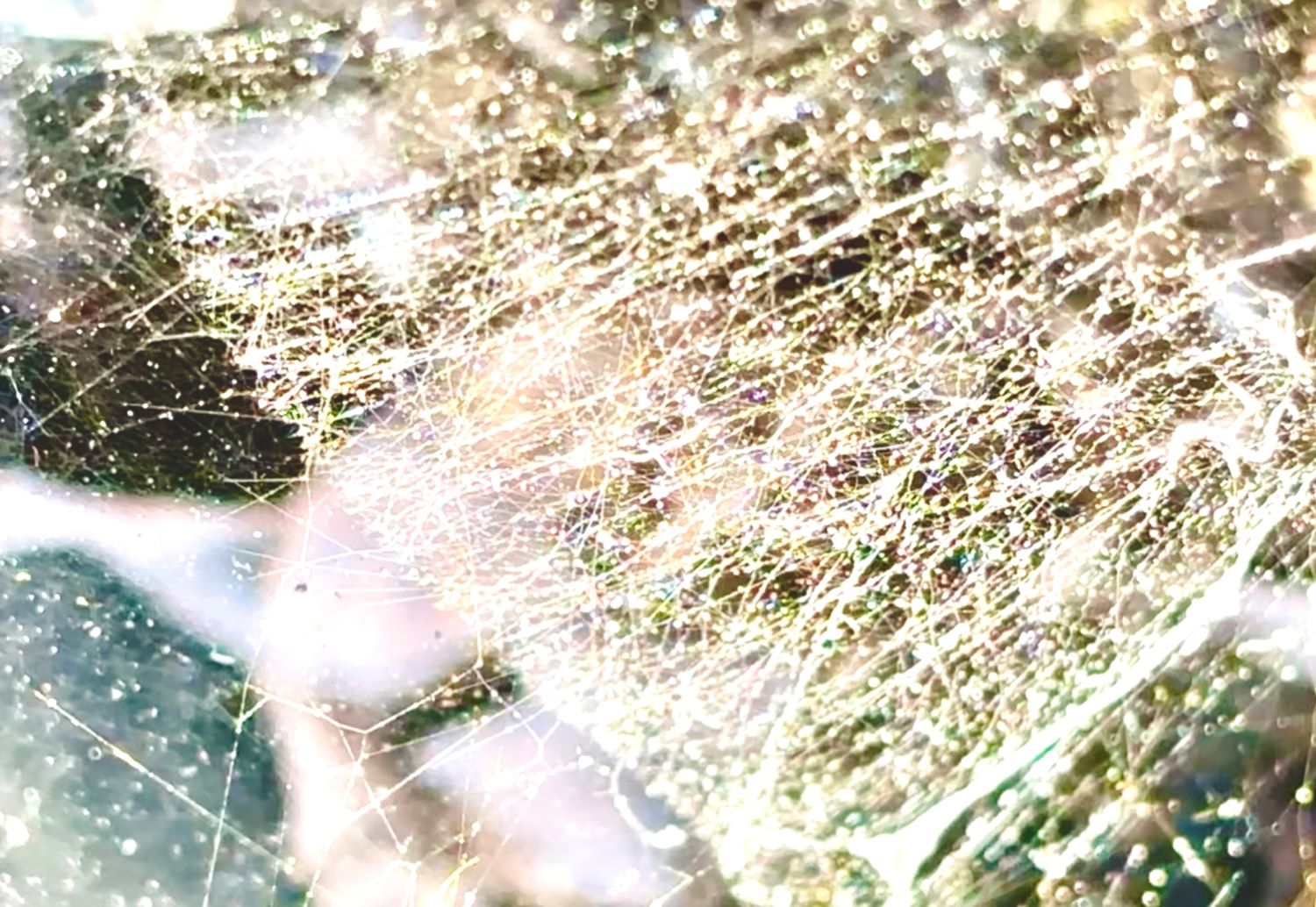
JADE GAO’s SOUNDWALKS
2025.2.14 CORDONICES CREEK SOUNDWALK





Although all creeks are under the name of ‘creek’, different parts of the Bay area reveal very diverse creeks, and within each route of the creek, every part are very different as well. Even two sides of the creek can be two worlds, and this complexity of the construction of the Bay area is something that cannot be fully examined if not via the methodology of walking along the creek and along different sections of the creek. Through sonically approaching the lands, the soundscape that embeds urban constructions and natural landscapes may demonstrate this juxtaposition of the two, but it is also possible that the two form a new narrative. Sonically, this region is a merge of natural lands and urban constructions, and although it has already been conceptually comprehended as an issue existing for this decade, the sharpness of sonic geography approaches is that it is capturing this juxtaposition constantly, within every single second of the recording and within every section of the recording. The juxtaposition that exists in this region of the Bay area is emergent and present, and that is how sonic approaches can be critical and immediate in revealing such circumstances.
2025.3.7 PINOLE CREEK SOUNDWALK


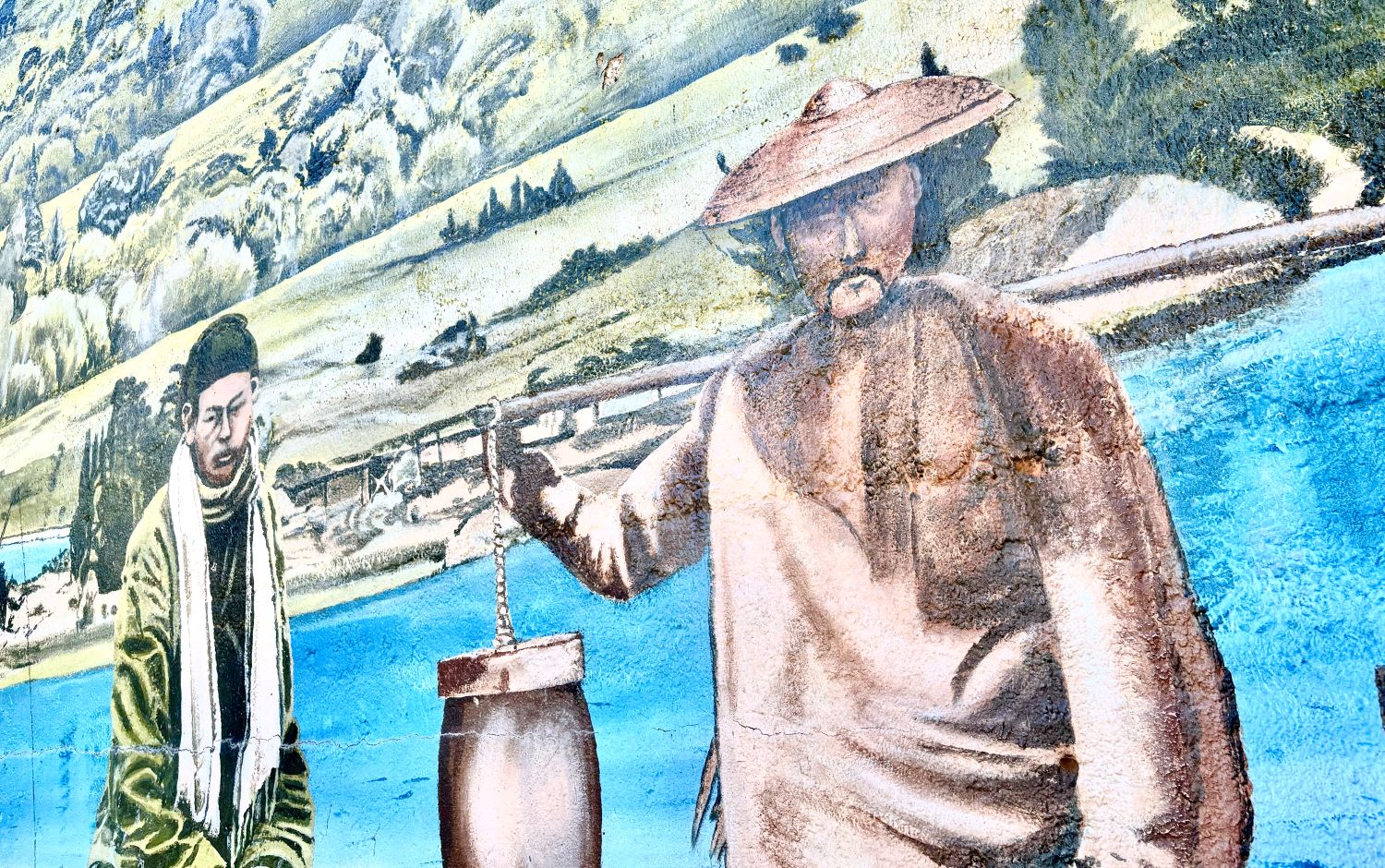




Tuning into the places, one is capturing the reality of the place, including the traces of the lives that are tightly linked as a unity in that place. Through meeting the people that reside in the area, one is viscerally experiencing, as well as comprehending the components that construct the moments of another being. The history of Pinole creek, if not through the interview of the elder person who witnessed and participated in the history, will never touch me so authentically when seeing the archaeological items in that area. Without the words, the sentiments, the memories and the participation that are so vivid through the person who witnessed and experienced the history of the area, sole items left from the history are not propelling testimonies of the past. Witnessing and experiencing all small segments that compose the history and leading to the present moments of the area is something that matters for geographers to truly comprehend the reality of the region, instead of abstracting the history into items, letters and facts. To tune into the place is to witness the liveliness, the texture, the voices of the places, and that is what gives power to the beings of that region.
If conventional geography attempts to abstract and comprehend the places as if solving problems, the more subjective approach adopted through sonic geography is the artistic quality of providing miscellaneous perspectives and subjective voices to represent the areas. It is not facts that sonic geography is pursuing, but art that does not require judgements of the correctness of voices, and that is how the most authentic moments can be recorded from the area. It is not only the history of city construction, archaeological sites that matters, but the crying and laughter of infants, the sound artist that records the voices of the Bay, the tones of a hippy guitarist, or a queek from a falcon, that incorporates the reality of the places. They provide a continual and ongoing process of comprehending the realities of other persons, beings, places and voices, and this part of the places is neglected and ignored by the researchers. What sonic geography presents is the reality of the places that cannot be merely abstracted into statistics, letters or language, and it presents something subtle and formless that cannot be captured by the forms and concepts that conventional researchers adopt.
2025.3.21 WILDCAT CREEK SOUNDWALK
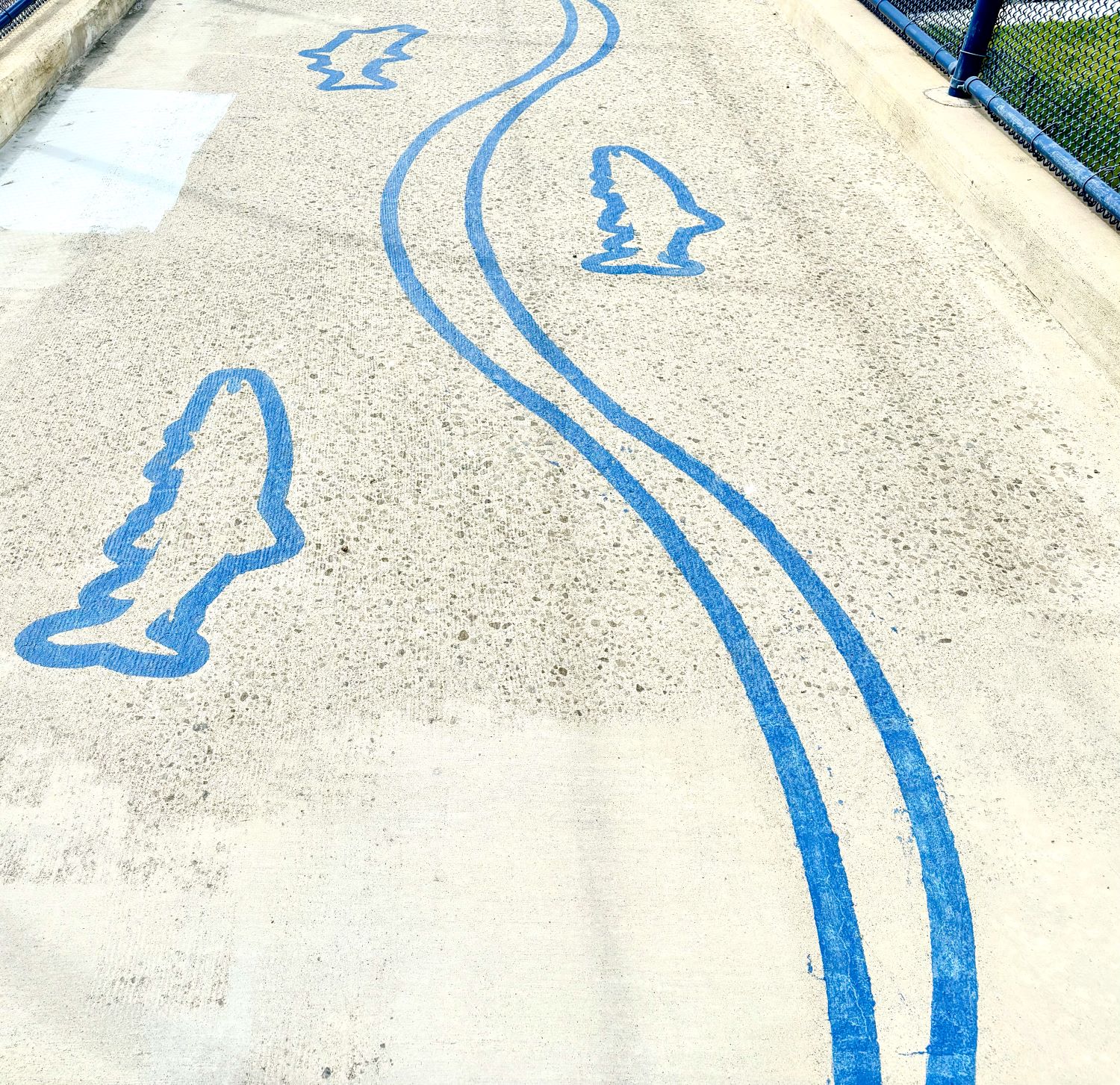


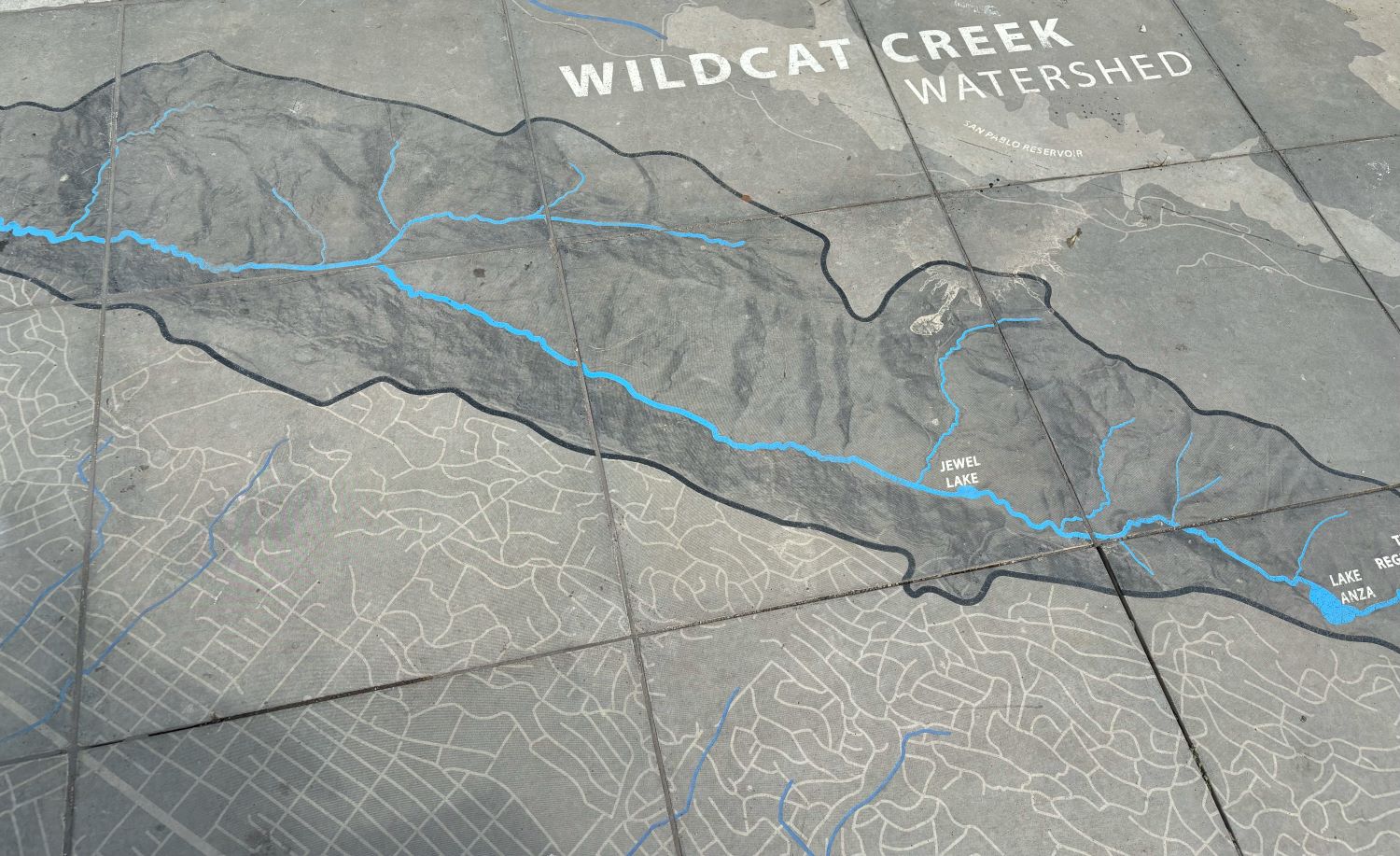
At first, in my process of sound recording, I attempted to separate sounds that are merged together and feature one sound in particular. As I felt too many sounds at once may be too distracting, my deliberate attempt of capturing individual sounds is aligned with the editing process of presenting one sound at a time and gradually transitioning into another sound with the use of crossfading in editing. This presents a slow pace, and almost microscopic regarding the quality of segregating sounds and highlighting very subtle sounds, and the overall quality of the sound walk is smooth and gentle.
I then started to explore the stereo quality of the recorder, and when I record, I move from one spot to another smoothly. Especially with the recording of the hippy guitarist during the Pinole sound walk, the sounds of the guitar and the vocal part of the guitarist is very close to the recorder at a time, and then very far and from a higher position, then it transits into a sound from a low position and slowly amplifying. Playing around with the distance of which I record the source of sound, the sounds are sometimes more prominent from the left ear side, and sometimes from a lower angle. This method of exploring the stereo quality of the sounds presents more lively and vivid sounds, as well as generating more possibilities in capturing the texture of sounds. During this time period, my editing is introduced with the hardcut technique, blending with crossfades. As the sounds are developed, via the process of recording, to display more facets and attributes of sounds, the technique of hard cuts in editing brings about an interactive relation amidst sounds, such as that between the hitting sound of a tennis ball and that of a road construction, and between a rhythm of the windmill and a buzzing sound of the bees. All sounds, regardless of the spatial and temporal attributes of which they were, blend into a unity that embeds miscellaneous facets and textures of the beings that are present in that region.
2025.4.4 SAN LORENZO CREEK SOUNDWALK


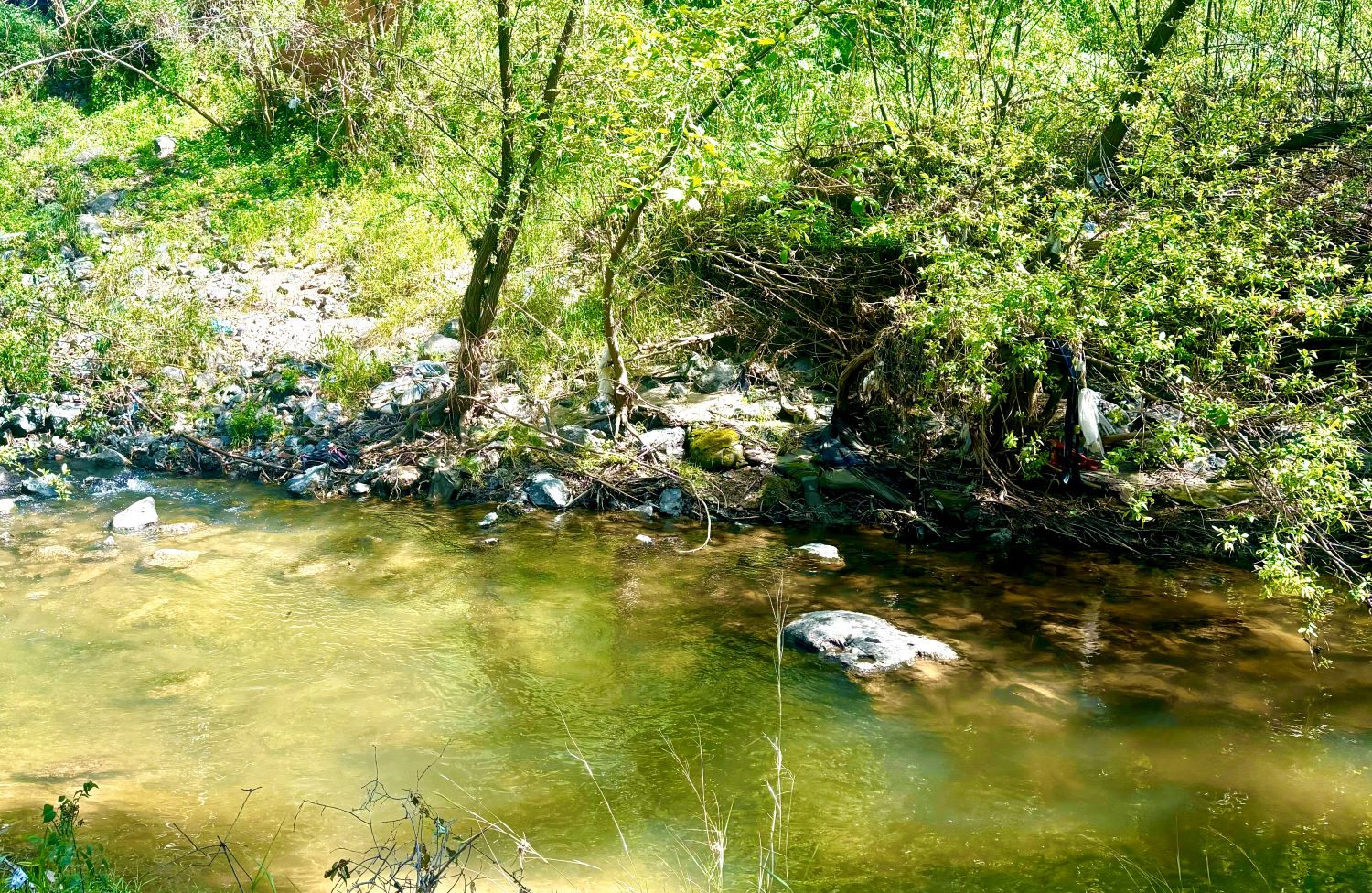
During the last sound walks, I was using different types of recorders while recording, such as the shotgun recorder, and attempting to explore how different types of recorders may display different qualities of sounds. With one of the recorders that has two sets of ball-shaped microphone, I was able to capture the texture of the field of straw, its moving direction against and along the wind, and its tingling sounds when footsteps are on top of it, as well as its sounds when the microphones rub on it. All of which provides a very subtle texture of the straw that creates a sense of synesthesia when I was listening to them. How sounds are not mere audible information, but can also be tactile, becomes my emphasis for sound recording in the last few sound walks. How sounds extend beyond sounds, and how the formless wind, that is out of reach through visible presentation, can be expressed through sound recording, is something that I began to feature on during that time. Along with this idea, I was experimenting with the sound collage during my editing process. As a continuation of the inspiration of synesthesia, the collage of multiple sounds create new sounds that are no longer sounds but different kinds of tactile textures. The barking sound of hounds are layered with the buzzing sounds of the Bart, while the radio audios from far away are layered upon the sounds of the creek. Sound collages open up a possibility of enriching and complementing different sounds and transforming them into miscellaneous textures.
2025.4.11 ALAMEDA CREEK SOUNDWALK
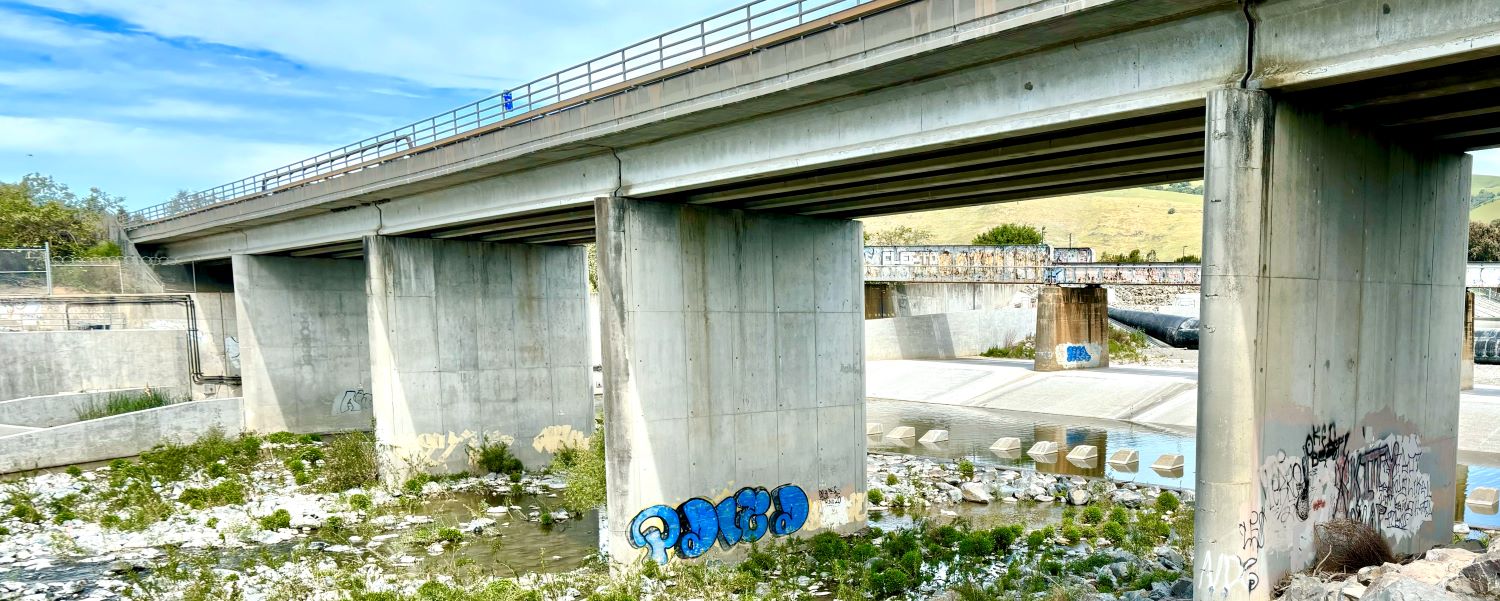



One inspiration that prompts my sound editing process is the Chinese constellation map. How sound walks are not merely presented via typical geographical maps, but may be points of the places that form constellations of different patterns, how sound walks are not restricted to itself but can be linked into one unity of a visible pattern, how sound walks echo with another, resonate and form new narratives that are beyond confinement of spatial and temporal relationships, is an inspiration that influences my editing and recording process. The recording of the sounds of bees from a truck echoed with the recording of bees from the wildcat creek park, the electric music from a shop echoed with the pop music played from a speaker in the historical park in Pinole. All of which are not only sounds restricted to one sound walk, but universal sounds that resonate and transform into different characteristics every time when I am encountering it. This inspiration also helps when a sense of boredom arises when continually capturing similar sounds of the creek, since the resonation of different creeks forms a collective narrative of creeks.
2025.4.18 COYOTE HILLS SOUNDWALK

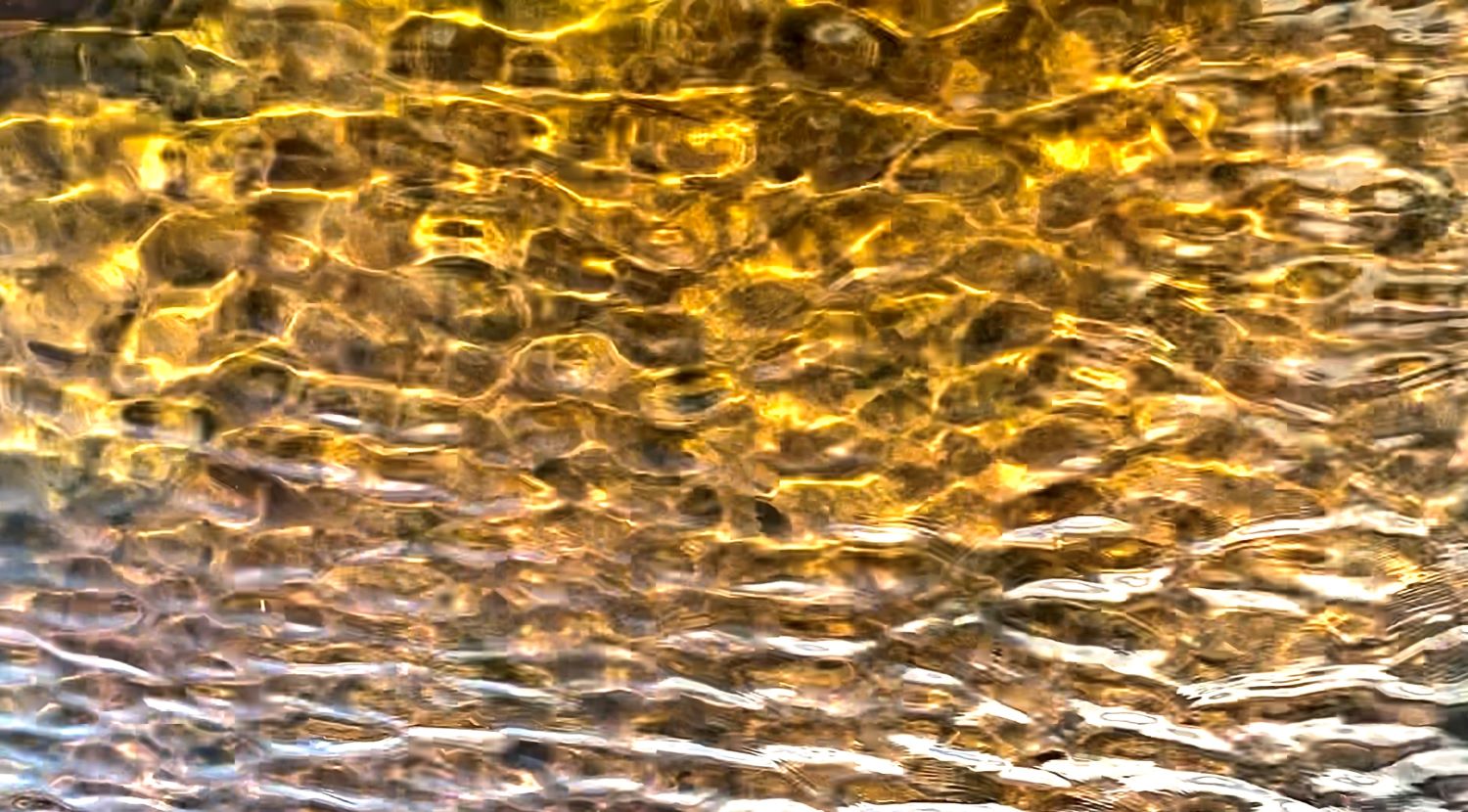





I hope to communicate, via my works, that there is no noise, no good or bad sounds, no sounds that are dominant or subsidiary, no sounds that weigh more than other sounds, and all sounds coexist in these complex and varied regions where natural landscapes and urban constructions are both present. Through the coexistence of the multitude of miscellaneous sounds, I intend to express the various narratives and textures that are embedded in different sounds, and how they can be merged into a unity through the experience of the geography of these regions sonically. The Bay area, with highly different landscapes in different parts of it, is most typical in its diversity of narratives, and through the merge of different creeks that finally enter the unity of the ocean, the narratives and sounds also transform into a unity. How the sense of synesthesia became my inspiration is also included in my hope of expressing the break of boundaries as something essential. Breaking the boundaries between tactile and sonic experiences, breaking the boundaries between different sound walks , breaking the boundaries between different narratives and breaking the boundaries between different sounds, so that the various narratives, sounds, senses and experiences resonate with one another, that continuously and constantly echo the possibilities of blending, merging and transforming. This transformation from a variety of individual sounds to a unity of sounds, the metamorphosis from separate memories, voices and narratives to a unity, is something that I hope the listeners feel and perceive from listening to my sound walks.
As an international student, the collision amidst the oriental narrative and the occidental narrative was prominent in my perception of the regions, how they contrast result in hugely different understandings regarding the memories and history of the regions. As I experience this huge gap between different narratives, I also perceive that the narratives are not in constant juxtaposition, within sonic experiences they can merge into a unity, as the boundary of language and ideology melt. That is something about myself that is tightly linked to the ‘breaking of boundaries’ of which I intend the listeners may perceive.
All images used in this page are taken by Jade Gao